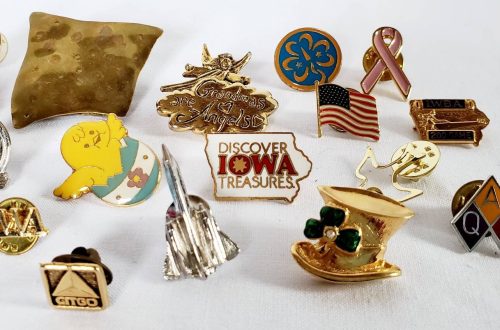Printmaking is a fascinating and versatile Art form that has been practiced for centuries, dating back to ancient China and Egypt. It’s a medium that allows artists to create multiple copies of their artwork, making it accessible to a broader audience. While there are various printmaking techniques, this blog will focus on two distinctive methods: linocuts and etchings.
Linocuts: Carving Beauty from Simplicity
Linocut is a relief printmaking technique that involves carving an image into a sheet of linoleum. This method is celebrated for its simplicity and bold, graphic results. Linocuts are known for their sharp lines, intricate details, and the ability to create high-contrast prints. Here’s a step-by-step overview of the linocut process:
- Materials: To get started, you’ll need a linoleum block, carving tools, ink, brayers, paper, and a printing press or a wooden spoon for hand printing.
- Design: Begin by sketching your design directly onto the linoleum block or on a separate sheet of paper. Keep in mind that your linocut print will be a mirror image of your design, so plan accordingly.
- Carving: Use carving tools to remove material from the linoleum block where you want to leave white space. The raised areas will be inked and transferred onto paper.
- Inking: Apply a thin, even layer of ink onto the linoleum block using a brayer. Be careful not to over-ink, as this can result in a messy print.
- Printing: Place a sheet of paper on top of the inked block, then either run it through a printing press or apply pressure with a wooden spoon to transfer the image onto the paper.
- Repeat: To create multiple prints, re-ink the block and repeat the printing process.
Linocuts are celebrated for their ability to capture the essence of an image with bold and clean lines, making them a favorite among artists who appreciate simplicity and precision in their work.
Etchings: Delving into the World of Intaglio
Etching is a type of intaglio printmaking, which means that the image is incised into the printing plate. Etchings offer a different artistic experience compared to linocuts, as they allow for more intricate, tonal, and textured results. Here’s a brief overview of the etching process:
- Materials: You’ll need a metal plate (usually copper or zinc), acid-resistant ground, etching needle, etching solution, ink, and a printing press.
- Preparing the Plate: Cover the metal plate with the acid-resistant ground, which acts as a protective layer. Then, use an etching needle to draw your design into the ground, exposing the metal.
- Etching: Submerge the plate in an acid solution, which will etch the exposed areas of the metal. The longer the plate remains in the acid, the deeper the lines will be.
- Inking: Apply ink to the plate, making sure it gets into the incised lines. Wipe off excess ink from the plate’s surface, leaving ink only in the etched lines.
- Printing: Place damp paper on top of the inked plate and run them through a printing press to transfer the image onto the paper.
- Repeat: Etching allows for the creation of editions just like linocuts. After each print, you can re-ink the plate and print again.
Etchings have a unique and rich quality due to the depth of their lines and the way they capture a wide range of tones. This makes them a preferred choice for artists looking to create detailed and expressive prints.
Conclusion
Both linocuts and etchings are captivating printmaking techniques with their distinct characteristics and aesthetics. While linocuts offer simplicity, boldness, and high contrast, etchings allow for intricate details, depth, and subtle tonal variations. Whether you’re a budding printmaker or an art enthusiast, exploring these techniques can open up a world of creative possibilities. Each has its own unique charm, and mastering them requires patience and practice, but the journey is as rewarding as the final print. So, whether you prefer the sharp lines of a linocut or the textured beauty of an etching, there’s no wrong choice when it comes to the art of printmaking.





